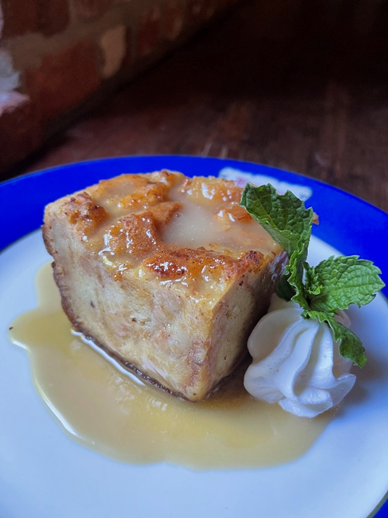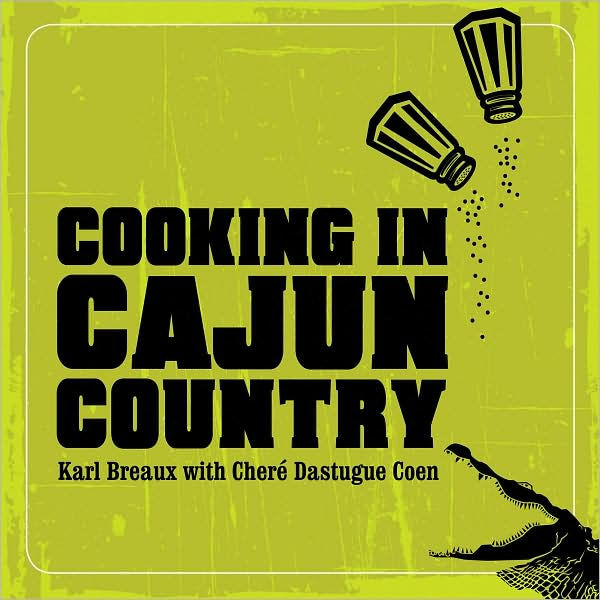Louisiana's 'Sweet Spot'
- Cheré Dastugue Coen

- Aug 14
- 5 min read
Ascension Parish a hour from New Orleans labels itself on its sugarcane history.

When you’re from Louisiana you’re used to all the fun expressions, especially the ones that tourism folks adopt. Laissez les bon temps roulez is the most well known expression, meaning “Let the good times roll.” Louisianans are so used to that over-used phrase most of us roll our eyes when people repeat it.
But there’s also the town of Crowley located amidst the rice fields of southwest Louisiana. There, it’s all “rice and easy.” Baton Rouge translates to “red stick” because two French brothers saw a red totem pole while sailing down the Mississippi River. You can “paint the town rouge” when visiting the Capital City.
Now, there’s “Louisiana’s Sweet Spot,” otherwise known as Ascension Parish where lots of sugarcane grow. The ties to this agricultural product hail back almost three centuries so it’s the place to find historic homes and plantations as well as sweet things to eat. During the holidays, folks build massive wooden bonfires along the Mississippi River levees, then set them afire to guide the way for the arrival of Papa Noel (Santa Claus). The event attracts thousands who admire the artistry of the bonfires as well as the warmth.
Ascension Parish contains a myriad of Louisiana history, from the Canary Islanders who founded Galvez and located near Donaldsonville to protect the colony from the English to the Cajuns at St. Gabriel. You’ll also find German, Spanish and American influences and an impressive Civil War site at Donaldsonville. Like its history, the parish is diverse from one end to the other, but all filled with a unique sense of place that’s found only in South Louisiana.
And it’s just a short drive up the Mississippi from New Orleans.
Here are a few Ascension Parish eateries with signature dishes to enjoy, thanks to Mindy Bianca Public Relations. But we’ve tried these wonderful dishes and can agree they are delicious

Gonzales for Jambalaya
This Cajun one-pot dish is famous in Gonzales, a town that’s the “Jambalaya Capital of the World”—at least according to the Louisiana Legislature that gave the town its nomiker. Several restaurants serve up the rice and meat dish and the annual Jambalaya Festival in May pits contestants against each other for the festival title.
Place to Dine: Pot and Paddle.
Darrow for Bisque of Curried Pumpkin, Crawfish and Corn
It may be a while before fall hits Louisiana—dang those summers are long—but this dish by the incredible award-winning Chef Jeremy Langlois is a perfect one for autumn, to be enjoyed at his cozy Carriage House restaurant at Houmas House Plantation & Gardens with its magnificent architecture based on blueprints by New Orleans architect James Gallier. Gallier had designed the space for Irishman John Burnside, who once owned the mansion. Langlois’s legendary bisque balances warmth, spice and a hint of sweetness.

Donaldsonville for Cane Sugar Toffee
Cane Sugar Toffee Company is a new addition to Louisiana’s Sweet Spot, transforming locally harvested sugarcane into artisan toffee that provides just the right amount of crunch. As an added bonus, most of the options at this sweet stop contain Louisiana’s state nut … pecans!
Do check out the River Road African American Museum in the historic district of Donaldsonville, which contains exhibits on 300 years of music, dance, storytelling traditions and more. Historic Donaldsonville also offers a church built for the Acadians, the Historic Donaldsonville Museum housed in one of Louisiana’s oldest department stores and Fort Butler, built on Confederate earthenworks and defended by African American troops and other Union soldiers.
Parishwide for Bread Pudding
We love bread pudding in Louisiana. Seriously, it’s a staple. Plus, it’s created in many delicious ways, topped with sauces that run the spirited gamut. Personally, we love a standard bread pudding with whiskey sauce—talk about good! Here’s one from Houmas House Plantation but we’re adding a bit of advice: use day-old bread. Bread pudding started as a way to utilize stale bread when nothing in a house went to waste. And what a delicious way to recycle.

White Chocolate Bread Pudding from Houmas House
Pudding Ingredients:
1 ½ quarts milk
5 eggs
1 cup sugar
Pinch of cinnamon
Pinch of nutmeg
1 loaf of French bread sliced into ¼-inch medallions
4 cups shaved white chocolate
Sauce Ingredients:
1 pound butter
1 ½ cups sugar
1 cup of bourbon
½ cup light corn syrup
Pinch of cinnamon
Pinch of nutmeg
In a heavy-bottomed saucepan, bring milk to a simmer over medium-high heat.
Mix the eggs, sugar, cinnamon and nutmeg (listed under Pudding Ingredients) in a mixing bowl. Spray a baking pan with nonstick coating and place the French bread medallions into the pan. Slowly pour the milk over the egg mixture while whisking constantly. Add the white chocolate to the mixture and mix until the chocolate is melted. Pour the custard over bread, cover and bake at 350 degrees for 35 minutes. Uncover and bake for 15 more minutes or until golden brown.
While that is baking, prepare the sauce. Melt butter over medium heat in a heavy-bottomed saucepan. Once butter is melted, whisk in sugar and blend well until incorporated. Bring to a simmer, then remove pan from heat and add in bourbon. Return pan to heat, whisk in corn syrup, cinnamon and nutmeg. Serve hot over bread pudding.

And here's a recipe from "Cookin' in Cajun Country," a cookbook I wrote with Cajun Karl Breaux back in the day. For those of you who know me and my lack of culinary prowess, this is Karl's recipe.
Donaldsonville Filé Gumbo
From "Cookin' in Cajun Country"
The main transportation route for the sugar plantations ran right through the heart of the River Road area. The availability of fresh seafood was staggering as boats traveled from New Orleans to Donaldsonville carrying the wealth of the regional cash crops. The use of file is prevalent in this area as a thickening agent as well as a flavor enhancer. Be careful as a little goes a long way.
36 ounces water
36 ounces seafood stock
1 cup roux
1 large onion, chopped
1 small bell pepper, chopped
4 teaspoons Cajun/Creole seasoning
1 pound medium shrimp, peeled and deveined
1 pint chucked oysters, with oyster liquid
2 teaspoons filé
Bring water and seafood stock to a boil in a large soup pot. Add roux and stir until completely dissolved. Add onion, bell pepper and Cajun/Creole seasoning and cook uncovered on medium heat for 1 hour. Add shrimp and cook for 15 to 20 minutes. Add the oysters and oyster liquid and turn off heat. Let sit for 15 minutes. Add filé to pot and stir to incorporate into gumbo. The gumbo will thicken rapidly. Serve in soup bowl over 1/2 cup cooked Louisiana rice.

Weird, Wacky and Wild South is written by travel writer and Louisiana native Cheré Dastugue Coen, who's always ready for jambalaya or a bowl of gumbo. The gumbo recipe is from her "Cookin' in Cajun Country" written with "Cajun" Karl Breaux of Lafayette.









Comments